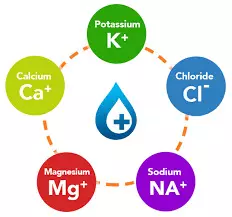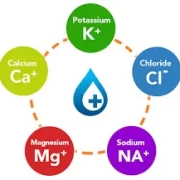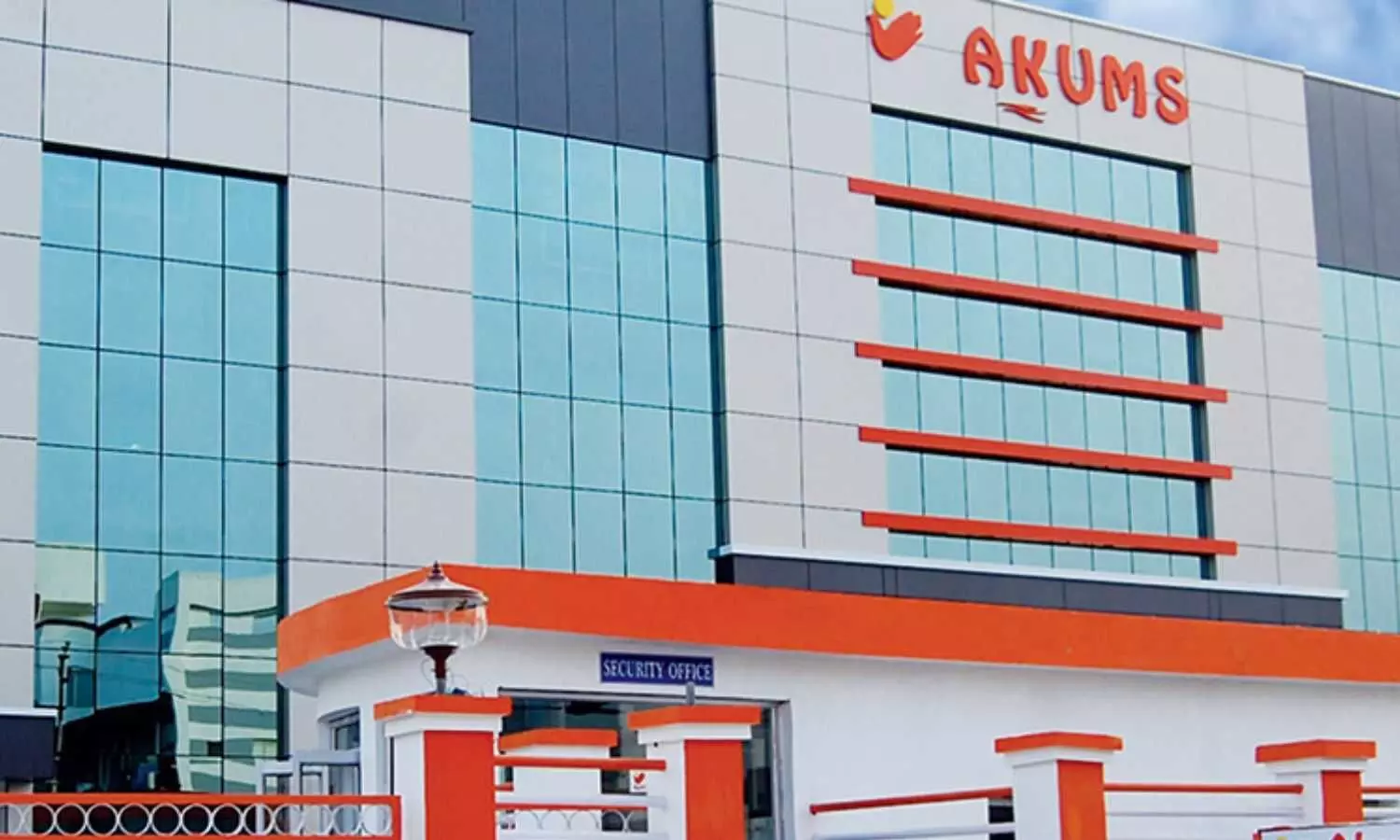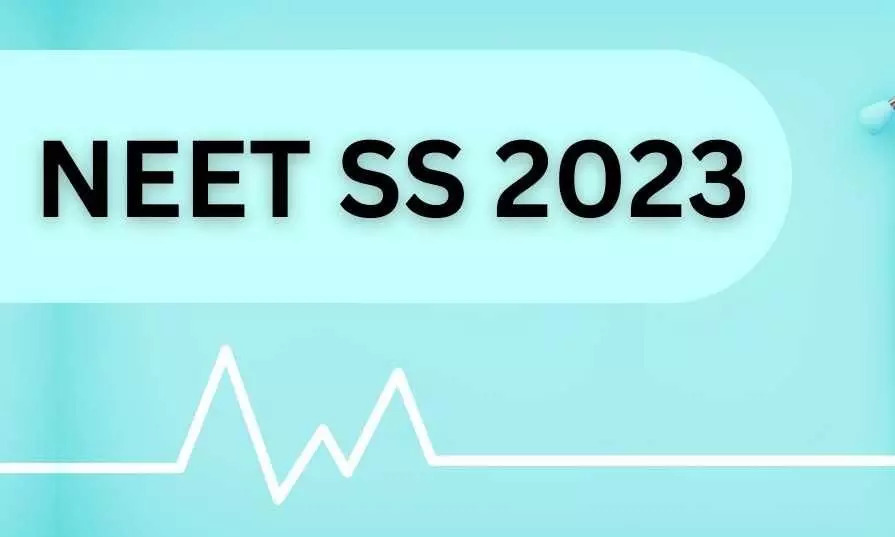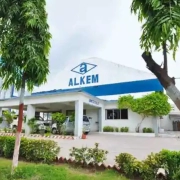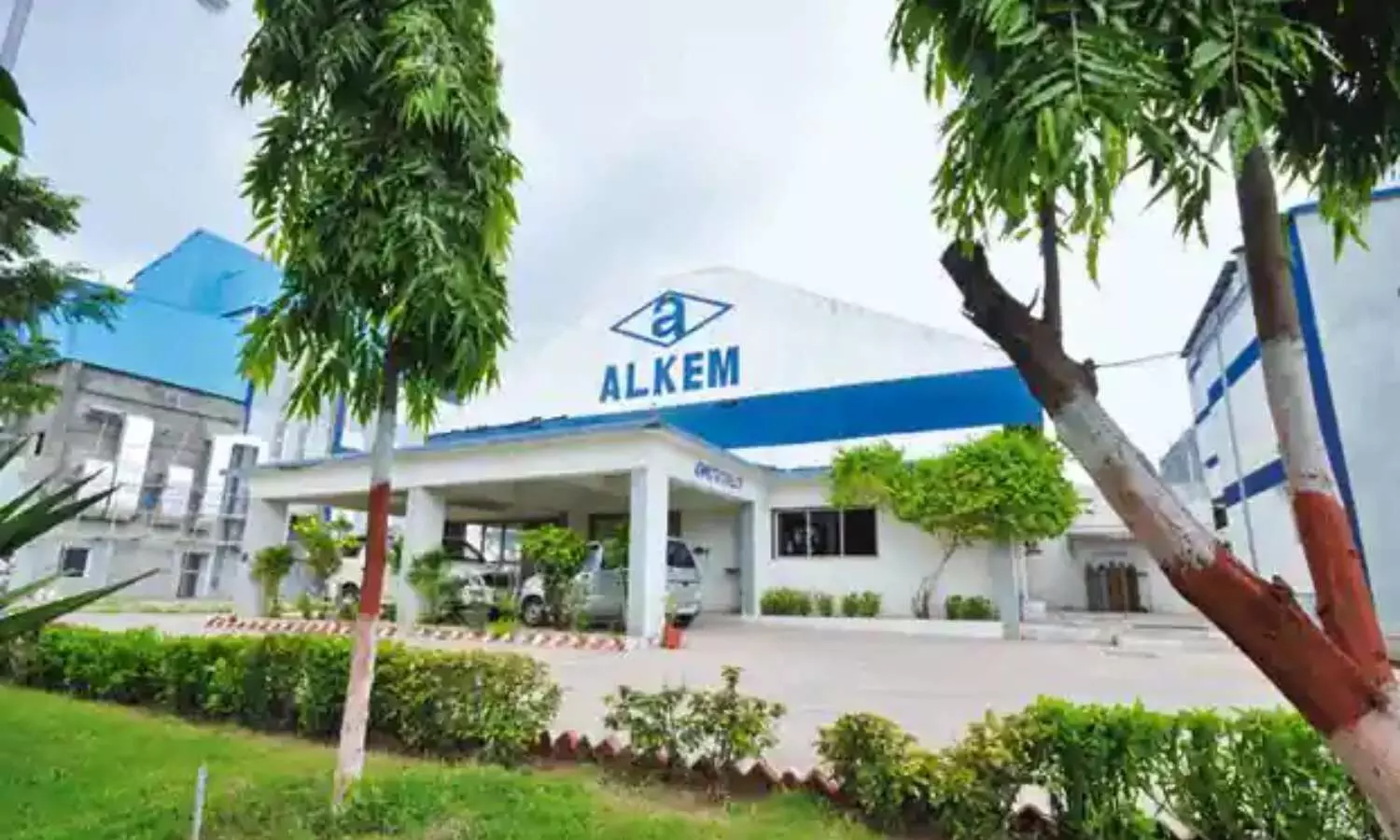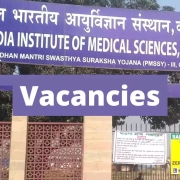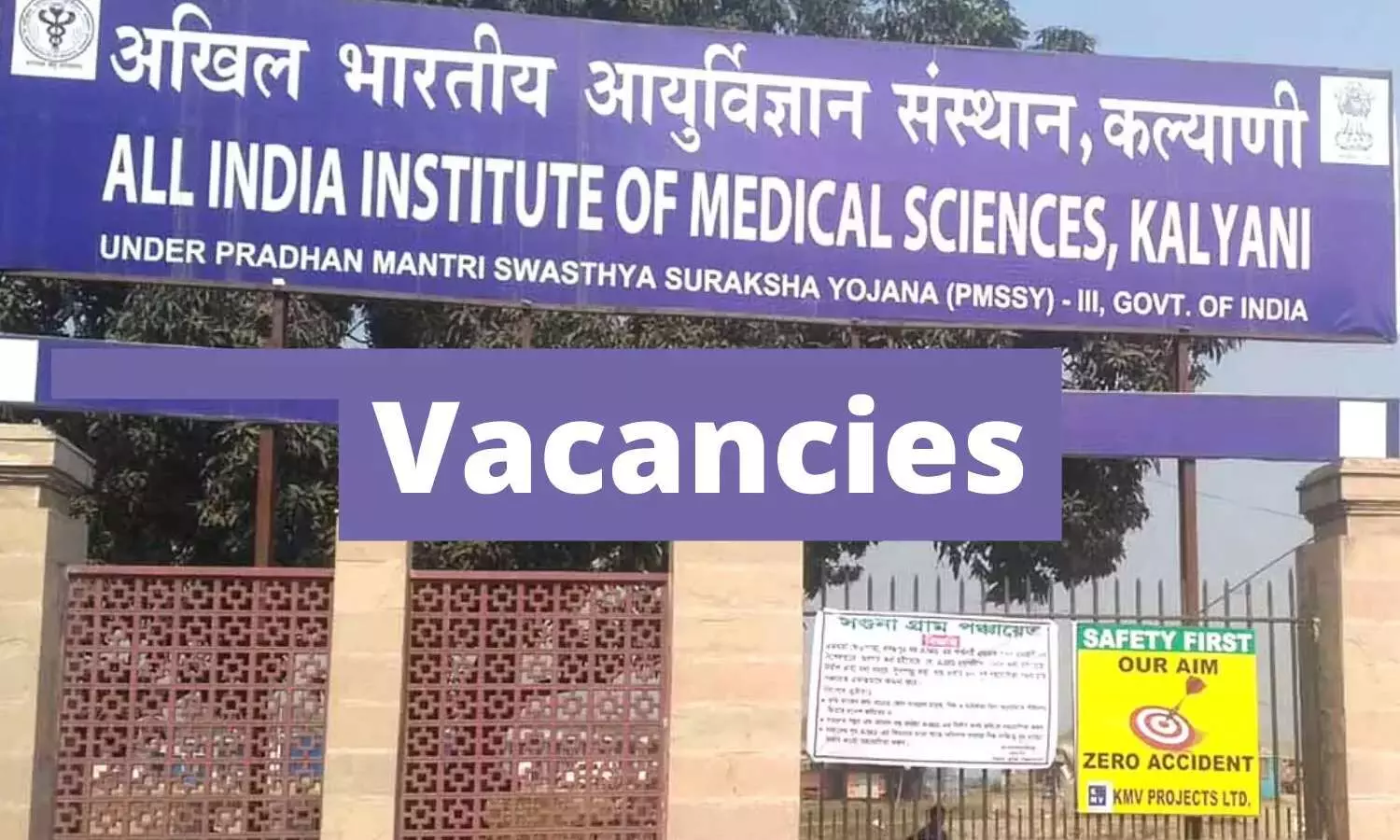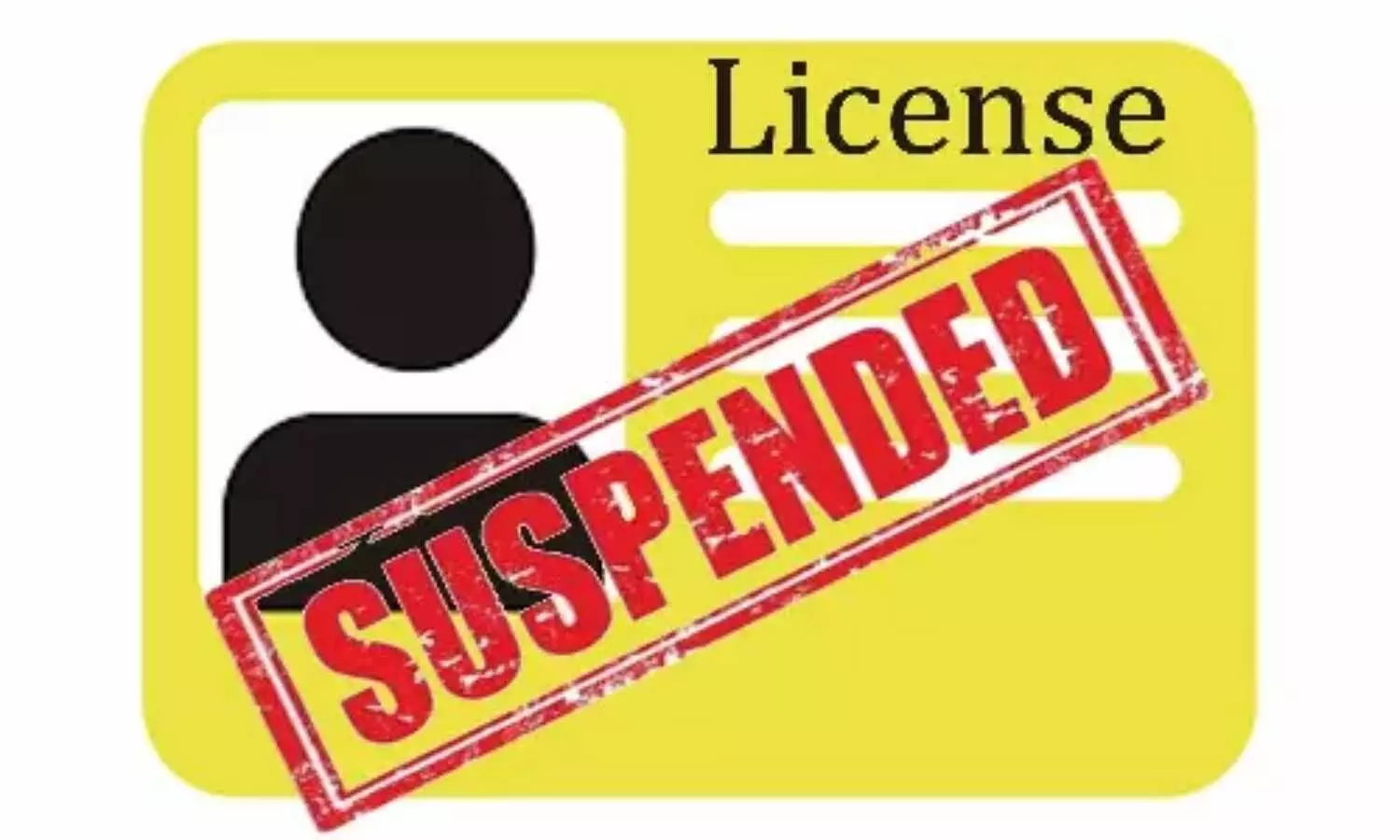
Delhi: The Indian Council for Medical Research (ICMR) has announced the conduction of the 5th National NICPR-ECHO online certificate course on Cervical Cancer Screening for Pathologists.
The course will be from 17th January 2024 – 1st March 2024, twice a week, 2.30 – 4.30 PM. The candidates need to register for the course. The registration process will be carried out till 31st December 2023. The registration fee of Rs 1000 needs to be paid. The candidates must confirm their seats by paying the registration fee and applying online by completing the Google form. The link to the Google form is enclosed in the notice below.
WHO’s global call for action to eliminate cervical cancer includes screening as one of its pillars. Cytology-based cervical cancer screening has contributed to a reduction in morbidity and mortality. However, the paucity of trained cytopathologists is a deterrent to the effective implementation of cervical cancer screening programs in developing nations.
The Division of Cytopathology, ICMR-NICPR, is conducting the 5th National NICPRECHO Online Certificate Course on Cervical Cancer Screening for Pathologists under the aegis of the Indian Academy of Cytologists. The course shall be conducted solely on the online ECHO platform between 2:30 PM to 4.30 PM on Wednesdays and Fridays. It includes talks by eminent experts on topics pertaining to various aspects of cervical cancer, including epidemiology, screening strategies, and recommendations for cervical cancer screening, with a major focus on cytology-based screening. The didactic deliberations shall be amply supplemented by interactive virtual slide sessions.
Eligibility – This training program is designed only for healthcare professionals who are pursuing or have completed an MD/ DNB in Pathology of possess a Diploma in Clinical Pathology (DCP).
A minimum of one short case presentation and attendance in 10 of 13 sessions is mandatory to qualify for the grant of an e-certificate at the completion of the course. The participants would be required to complete the pre-training and post-training online questionnaire-based evaluation with at least a 70% score in the post-training evaluation.
In case of cancellation of registration or registration by a non-eligible candidate, no refund shall be made. The link to virtual microscopic slides shall be shared with the participants before the course. The participants must ensure a stable internet connection, preferably on a large-screen device.
Case presentations by the participants shall be held at the end of each session. The schedule for the presentations shall be shared with the participants before the start of the course.
Scientific program –
17th January 2023 –
Introduction to the virtual course: learning objectives Epidemiology of cervical cancer, magnitude of the problem, screening strategies & recommendations Collection of cervical smear, Uniform approach to reporting cervical cytology (Bethesda 2014), Normal cervical smear Dr. Neelam Sood DDU Hospital, Delhi Dr. Ruchika Gupta, ICMR-NICPR
Epidemiology of cervical cancer, the magnitude of the problem, screening strategies & recommendations Collection of cervical smear, Uniform approach to reporting cervical cytology (Bethesda 2014), Normal cervical smear Dr. Neelam Sood DDU Hospital, Delhi Dr. Ruchika Gupta, ICMR-NICPR 17 JAN 19 JAN 24 JAN 31 JAN WED FRI WED Benign cellular changes and specific infections in cervical smear Virtual interactive slide session Dr. Sanjay Gupta, Ex-Sci G, ICMR-NICPR Dr. Shalini Singh, Director, ICMRNICPR
19th January 2023 –
Collection of cervical smear, Uniform approach to reporting cervical cytology (Bethesda 2014), Normal cervical smear Dr. Neelam Sood DDU Hospital, Delhi
24th January 2023 –
Benign cellular changes and specific infections in cervical smear Virtual interactive slide session Dr. Sanjay Gupta, Ex-Sci G, ICMR-NICPR
31st January 2023 –
Cervical Cancer Pathogenesis: HPV and beyond Dr. Radhika Srinivasan, PGIMER, Chandigarh
2nd February 2023 –
Atypical Squamous Cells ( ‘ASC’) & ‘Low grade squamous intraepithelial lesions’: patterns & pitfalls Virtual interactive slide session Dr. Sanjay Gupta
7th February 2023 –
Cytology of ‘High-grade squamous lesions of the cervix’ (ASC-H, HSIL, and SCC): patterns and pitfalls Virtual interactive slide session Dr. Sanjay Gupta
9th February 2023 –
Glandular lesions of the cervix: cytomorphologic spectrum and discussion of interesting cases Dr. Neeta Kumar, New Delhi
14th February 2023 –
Liquid-based cytology in cervical pathology – specific infections and epithelial abnormalities Prof. Nalini Gupta, PGIMER, Chandigarh
16th February 2023 –
Grossing techniques relevant to cervical pathology. Histopathologic panorama of cervical precancerous lesions and carcinoma Dr. Sonal Sharma, UCMS & GTB Hospital, Delhi
21st February 2023 –
Cyto-histological correlation in cervical pathology: The ASC guidelines Dr. Ruchika Gupta, ICMR-NICPR
23rd February 2023 –
HPV & other biomarkers in cervical cancer prevention Dr. Pooja Bakshi, Sir Ganga Ram Hospital, New Delhi
28th February 2023 –
Artificial Intelligence in Cervical Cytology Dr. Ruchika Gupta
Medicolegal aspects in cervical smear reporting Dr. Shamsuz Zaman, ICMR-NICPR
1st March 2023 –
Concluding session – participants’ feedback. Dr. Ruchika Gupta, Dr. Shamsuz Zaman
To view the notice, click on the link below –
https://medicaldialogues.in/pdf_upload/5thcoursebrochure-228115.pdf
